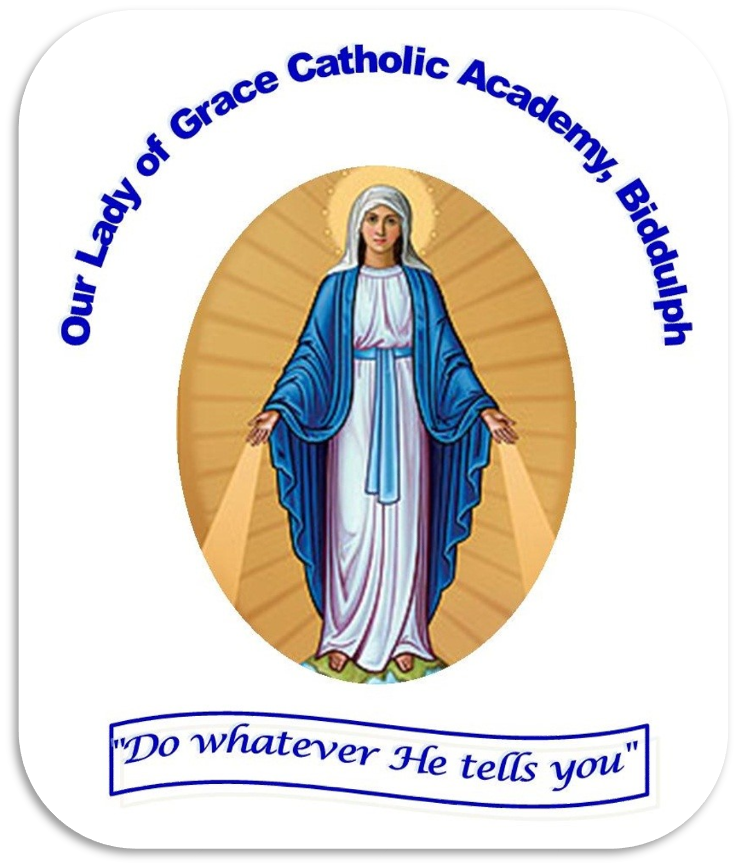- About Us
- Key Information
- Curriculum at Our Lady of Grace
- Science
- Progression in Science
- Living Things and their Habitats
Living Things and their Habitats
|
LIVING THINGS AND THEIR HABITATS (BIOLOGY) |
||||||||
|
Statements in red are linked from other topics |
||||||||
|
Progression in Scientific knowledge, concepts & skills |
EYFS (Early Learning Goals) |
Year 1 |
Year 2 |
Year 3 |
Year 4
|
Year 5 |
Year 6 |
KS3 |
|
Concepts Function Variation Adaptation Cause and effect Process
Working Scientifically
|
Children know about similarities and difference in relation to places, objects, materials and living things
Children talk about features of their own immediate environment and how environments might vary from one another
Children make observations of animals and plants and explain why some things occur and talk about changes
|
Identify and name a variety of common wild and garden plants, including deciduous and evergreen trees
Identify and describe the basic structure of a variety of common flowering plants including trees (Plants)
Identify and name a variety of common animals
Identify and name carnivores, herbivores and omnivores (Animals including Humans)
Observe changes across the four seasons (Seasonal Changes) |
Explore and compare living and non-living things (including things that have never been alive)
Describe how most living things (including plants) live in habitats or micro-habitats suited to them
Know that habitats provide for the basic needs of different animals and plants (and how they depend on each other)
Identify and name a variety of plants and animals in their habitats, including microhabitats
Describe how animals obtain their food from plants and other animals, using the idea of a simple food chain, and identify and name different sources of food
Notice that animals including humans have offspring which grow into adults (Animals including Humans) |
Explore the part that flowers play in the life cycle of flowering plants, including pollination, seed formation and seed dispersal (Plants)
|
Recognise that living things can be grouped in a variety of ways (using classification keys)
Recognise that environments can change and can pose dangers to living things
Construct and interpret a variety of food chains, identifying producers, predators and prey (Animals including Humans) |
Describe the differences in the life cycles of a mammal, an amphibian, an insect and a bird
Describe the life process of reproduction (birth, growth, development)
|
Classify living things according to common observable characteristics (reptiles, amphibians, mammals, insects)
Give reasons for classifying plants and animals based on specific characteristics (for example vertebrates and invertebrates)
|
Reproduction in humans including the structure and function of the male and female reproductive systems, menstrual cycle gametes, fertilisation, gestation and birth
Reproduction in plants, including flower structure, wind and insect pollination, fertilisation, seed and fruit formation and dispersal, including quantitative investigation of some dispersal mechanisms
Differences between species.
|
|
Possible Learning Challenge questions |
|
|
Can we all live in the same place? |
|
Which wild animals and plants thrive in your locality? |
Do all animals and plants start life as an egg? |
Are all creatures the same? |
|
